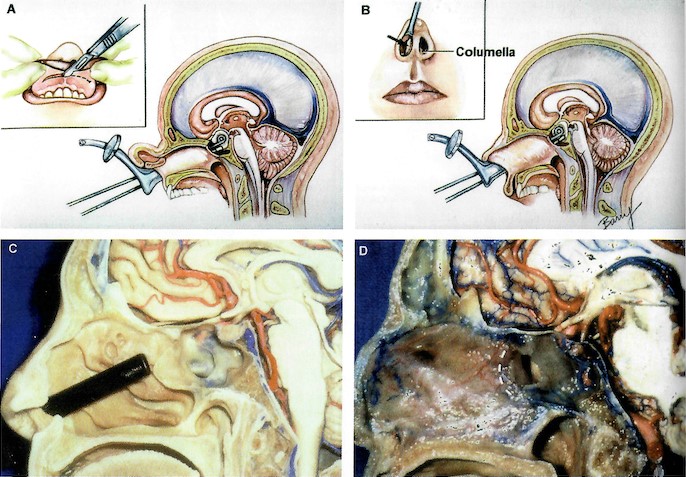Including High-quality Images in your scientific paper for submission and acceptance
The importance of images in scientific papers
- For expression/communication: Carefully crafted language, although necessary and helpful, will take you only so far in describing data, lab procedures or surgical technique. Including carefully selected, high-quality images can elegantly and quickly show data, demonstrate a technique or make a point clear. Visually displaying what you see and are trying to convey can go a long way in ensuring that a much more intimate learning experience is made available to the reader. Excellent images remove distance and potential language differences in the presentation of concepts and data. The result: a near-immediate transmission of knowledge between you and your audience.
- For submission/acceptance: Additionally, excellent images strengthen the visual appeal of manuscripts. Between equally good submissions, the one with better images will be accepted over the one without them. The converse is (painfully) true as well: poor-quality images will almost always doom otherwise solid submissions to rejection.
Types of scientific papers that are ideal for images
While nearly any type of scientific paper can benefit from excellent images and illustrations, some fields require them. These fields are:
- Botany
- Chemistry
- Natural sciences
- Astronomical sciences
Perhaps the most visually dependent of all fields is medicine.
Types of media used in scientific papers
At every turn—diagnostic imaging, anatomy, intraoperative visualisation, diagnostic pathology, post-operative results—high-quality images are essential. Although photography has largely superseded illustrations, combining photographs with side-by-side drawings can be particularly educational. No matter how clean and clear a photograph of a surgical field may be, a good intraoperative drawing with labels can help students readily appreciate and identify anatomical structures.
In addition to still images, videos have become integral to publications which publish research on surgical techniques. Readers can experience not only visualisation of the operative field, but also the technique and skillset of the author team. Adding motion and sound in real time creates an immersive learning experience far beyond what even excellent static images can deliver.
Below is an example of how anatomical drawings and dissections can help visualise surgical approaches.

Drawings and anatomical dissections showing various surgical approaches to the sphenoid sinus for brain surgery. Figure 8.17 from Rhoton AL Jr.: The sellar region. Neurosurgery 53:363-402, 2003 (suppl).
Tips for including high-quality images in scientific papers
Here are some simple but often overlooked tips to help you to provide and include excellent images while preparing your paper:
- Refer to example images from other articles and in other journals to gain a sense of what constitutes excellent images. Learn from others how they use and place visual elements in their papers.
- Use correct focus.
- Have sufficient brightness and exposure.
- Ensure images are colour correct.
- Include close-up images to provide needed detail.
- For long-term preoperative and postoperative comparisons, have appropriate, consistent images.
- Make sure files for digital images are large enough to reproduce large physical images.
- Follow the prospective journal’s Information for Authors and submit figures in accepted digital formats (e.g., .tiff, .jpeg, .pdf, .png, etc.).
Summary
The addition of high-quality visual elements to academic research papers can not only improve their visual appeal and presentation but also dramatically impact the delivery of data and results. Excellent images—and even videos—may soon become almost mandatory elements for many types of scientific papers. Learning essential photographic and digital graphic skills will also greatly enhance your chances of manuscript acceptance.
Maximise your publication success with Charlesworth Author Services.
Charlesworth Author Services, a trusted brand supporting the world’s leading academic publishers, institutions and authors since 1928.
To know more about our services, visit: Our Services